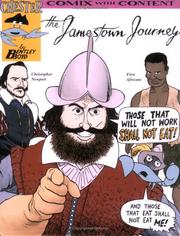Introduction:
This topic introduces second and third graders to George Washington the First President of the United States. Through a variety of children books student learn about the life of George Washington from childhood, to commander of the military, to President. The material encourages them to learn more about the revolution and the Father of Our Country (VS.6a).
Text Annotations:
A Picture Book of George Washington, by David A. Adler
The picture book life of George Washington. George Washington was called “Father on Our Country.” “First in War, first in the hearts of his country men.” George liked to fish and go boating, and his favorite subject was arithmetic. At the age of 11, George Washington’s father died and he helped his mother run their farm and watch his younger sister and brothers. George liked surveying and at the age of 16 he was given a job surveying land of the Virginia wilderness. George joined the Virginia army at the age of 21.
American Heroes George Washington Our First President, Sneed B. Collard, III
George Washington the hero. George Washington was known for three gifts: he knew how how to lead, he learned from his mistakes, he had common sense. George Washington made the revolution succeed. He only had a few years of basic schooling. George Washington became the first president and made the important decision of serving only two terms as president (8 years). Slavery was an importance issue during his presidency. George did come up with a way to free his own slaves; his will stated that after his death his slaves would be free.
George Did It, Suzanne Tripp Jurmain
George Washington was NERVOUS about being president. At the age of 57, the country wanted George to be president. Americans trusted George, he was honest and dependable. The Americans ask George Washington to be the first president and George said “No, Thank you.” Thinking about being president made George NERVOUS. Some Americans said they’d be willing to support the new U.S. government only if George was elected. George Washington finally said he’d take the job if Americans thought it was absolutely necessary. On Inauguration Day, George Washington was NERVOUS his hands shook, and his voice trembled during his 20 minute speech.
Where Washington Walked, by Raymond Bial
Walking through the life of George Washington, and learning more about his family. George Washington was born on February 22, 1732, on a small plantation known as Pope’s Creek in Westmoreland, County, VA. George Washington’s half brother Lawrence, who lived at Mt. Vernon, married into a Fairfax family, and these prominent Virginian, later helped launch George’s career. George’s half brother Lawrence became ill with tuberculosis and George went with him to Barbados in hopes that he would be cured in the warm climate; however, Lawrence died in 1752 and George Washington inherited the Mt. Vernon Estate.
George Washington, by Cheryl Harness
More about the live of George Washington. George Washington rode horses and dreamed of adventure and set his heart on a military career. At the age 17, George became a professional surveyor. He saved his money and took fencing lessons and read books so he could be quick with a sword and with his mind. George spent a lot of time with wealth neighbors and determined he wanted to be somebody and make his own way in the world. Also, it was George’s decision to be called Mister President. George Washington chose the spot where the President’s house still stands in Washington, D.C. The only ceremony that George and Martha Washington attended at the White House was the 16-gun salute at the unfinished stone mansion.
Web Annotations:
www.apples4theteacher.com – Website contains kid friendly item about George Washington such as: quick facts, activities, games, scramble puzzle, chapter book biography, coloring pages, interactive computer games, time line of his life, and trivia questions.
www.garden of praise.com Web site contains George Washington facts for kids, you can view a slide how of pictures, complete a jigsaw puzzle, crossword puzzle, word scrabble, and play a Jeopardy game online.
www.georgewashington.si.edu/kids/nonflash.html Website contains portraits of George Washington. Kids are given clues to solve a mystery of what items are missing in the portraits.
kids.nationalgeographic.com/kids/stories/peopleplaces/georgewashingtonicecream – Website contains fun facts for kids. Did you know that George Washington’s favorite food is ice cream.
wwww.socitalstudiesforkids.com/subjects/georgewashington.htm – Website contains fun facts and games for children.
www.washingtonworld.org/georgewashingtonkids– Website is called George Washington’s World for kids which contains interactive jigsaw puzzles, audio sound, and interactive videos.
Additional Resources for Teachers:
www.atozteachersuff.com/themes/GeorgeWashington Website contains helpful tools for teachers such as: cut and past patterns, lesson plans, slides covering the major event of George Washington’s life, printable quizzes, worksheets, puzzles, and the Paper of George Washington.
www.educationalworld.comWebsite contains lesson a recipe for a Washington cake, brief time line of George life, passages from George Washington’s Journal, and a virtual tour of Mount Vernon.
www.georgewashington.si.edu/kidactivityl.thml Website contains fun activities kids and lesson plans for teachers. The section the Patriot Papers contain activities, games, and puzzles.
www.enhancedlearning.com/history/us/pres/Washington/free/shmt Website contains teacher tools such as: printable pictures, George Washington Cloze Activity, Washington time line Quiz, and President’s Day Activities.

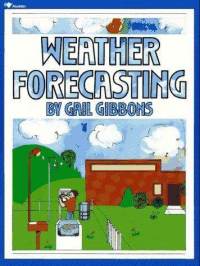
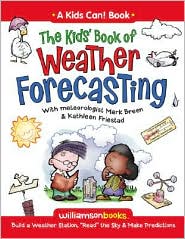
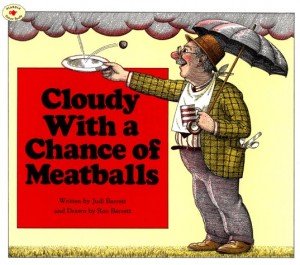

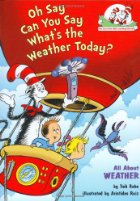
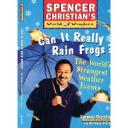
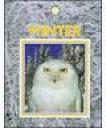
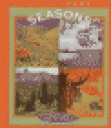


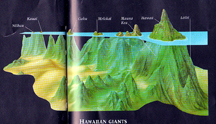

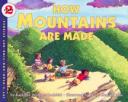


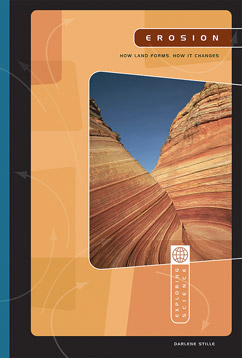
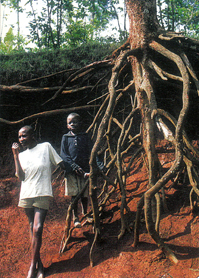
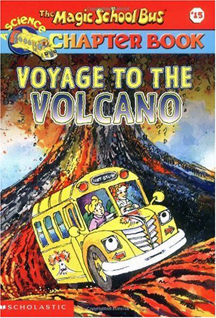


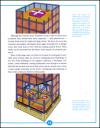
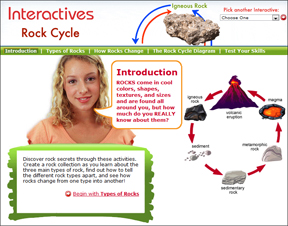

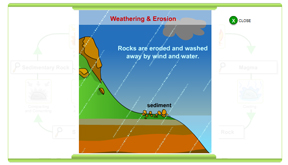
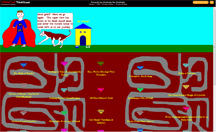
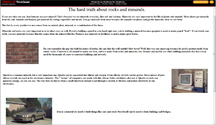

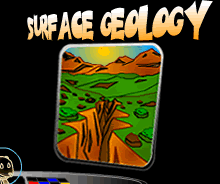



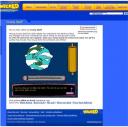

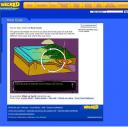
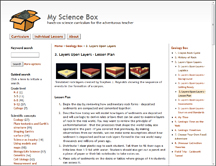

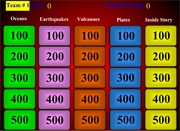
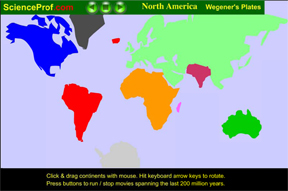






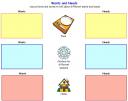 .
.




















